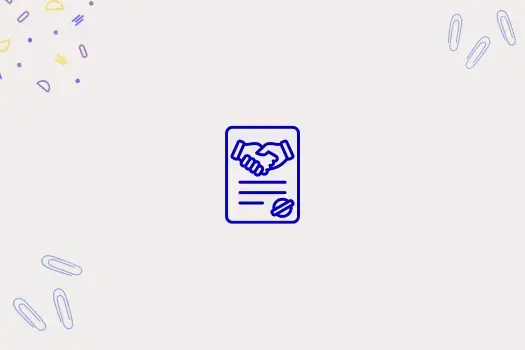
Understanding Settlement Agreements: Key Elements And Benefits
Disagreements are part of business and personal relationships. Parties need a structured way to come to an amicable resolution. Legal battles can be time-consuming and costly for everyone involved. In such cases, settlement agreements play a crucial role in resolving disputes outside of court. They can nudge disputing parties to reach a resolution that benefits everyone. To help you get started, we will explore the key elements of settlement agreements and the benefits they provide.
What is a Settlement Agreement?
A settlement agreement is a legally binding contract between two or more parties that outlines the terms and conditions for resolving a dispute. It allows businesses and individuals to avoid the uncertainties and expenses associated with litigation.
The disputing parties either negotiate or employ a mediator to reach an agreeable conclusion. Typically, one party offers a certain amount of money or other advantages in return for the other party not pursuing any legal claims. Once they sign the settlement contract, the resolution is legally enforceable. These agreements are commonly used in various contexts, including business disputes, employment negotiations, and personal injury claims.
Key Elements of a Settlement Agreement
Parties Involved: Clearly define everyone involved in the resolution. For example, employers and employees will be the parties to the settlement contract in an employment dispute.
Payment Terms: The provision dictates the compensation amount. They can also agree upon due dates, payment modes, and penalties to prevent future violations and disputes.
Release of Claims: This provision declares that one party will give up the right to pursue legal action, usually in return for money or other advantages. It specifically covers all potential claims to prevent future disputes and litigation.
Confidentiality Provisions: These provisions obligate parties to keep the terms of the settlement and the underlying dispute private. The parties can specify the duration, limitations, and penalties of confidentiality.
Terms & Conditions: Depending on the nature of the dispute, including property, employment, or marital, parties can include additional clauses to resolve the dispute.
When do you need Settlement Agreements?
Disagreements can damage relationships, finances, and reputation. The goal for individuals and companies is to resolve these disputes with as little loss as possible, whether in terms of time, money, or image. While courts can offer solutions, legal battles can be tedious for everyone involved. Parties will have to invest resources, time, and finances to receive an uncertain conclusion. Rather than leaving the outcome to a judge or jury, disputing parties can negotiate a less taxing settlement agreement.
Employment disputes
A settlement agreement is commonly used when an employee and employer wish to resolve workplace issues such as unfair dismissal, discrimination, or contractual disagreements without going to an employment tribunal. It dictates terms, often including compensation and a waiver of legal claims, ensuring a clean and legally binding end to the dispute.
Injury claims
In personal injury cases, such as work or road traffic incidents, a settlement agreement can be used to resolve claims for compensation without litigation. They outline the agreed sum payable to the injured party in exchange for them not pursuing further legal action.
Business disagreements
When two or more parties in a commercial relationship face a disagreement, such as breach of contract, unpaid invoices, or partnership breakdowns, a settlement agreement can formalize the resolution. It allows parties to agree on compensation or obligations while avoiding costly and time-consuming litigation.
Marital issues
In sensitive issues, these legally binding agreements (such as separation or divorce settlements) are used to divide assets, arrange child custody, and resolve spousal support matters without court intervention. With precise, binding terms, these agreements can assist both parties in moving forward.
Property disagreements
When individuals or entities disagree over property ownership, boundaries, leases, or landlord-tenant issues, a settlement agreement can be used to resolve the matter amicably. It sets out the terms agreed upon, such as payment, repairs, or changes in rights, avoiding further legal proceedings.
What are the Benefits of Settlement Agreements?
Settlement agreements are a practical alternative to litigation. It enables parties to control the process and settle disagreements without going to court. outcome. Whether in employment, business, or civil cases, parties can reach mutually beneficial terms in a less time-consuming and expensive manner. Opting for a settlement can save time, reduce costs, and bring a sense of closure. It also allows parties to avoid the unpredictability and public nature of court proceedings.
Cost-Effectiveness
Settlement agreements significantly reduce legal costs compared to extended litigation. Court proceedings often involve high attorney fees, expert witness charges, and administrative expenses. By settling, parties avoid prolonged legal battles and can resolve matters with fewer financial resources. This makes settlement particularly attractive for individuals or small businesses looking to manage legal expenses effectively.
Time-Saving
Litigation can take months or even years to resolve, especially in complex cases. Settlement agreements offer a faster resolution, often concluding within days or weeks. This efficiency helps parties move on without the long wait associated with court schedules, filings, and appeals, allowing them to focus on recovery or business continuity.
Outcome Control
With settlement agreements, parties maintain greater control over the terms of resolution. Unlike court rulings that are imposed by a judge, settlements are negotiated and agreed upon by the parties themselves. This allows for more flexible and creative solutions that address the specific needs and interests of both sides.
Reducing Uncertainty
Going to court carries inherent risks, including unpredictable judgments and potential reputational damage. Settlement agreements provide a clear, agreed-upon outcome, which eliminates the gamble of a trial. This predictability is especially valuable when parties seek stability and want to avoid the stress and publicity of litigation.
How do you efficiently manage Settlement Agreements?
Effectively managing settlement agreements is essential for organizations to resolve disputes quickly, protect legal interests, and ensure compliance. These agreements often involve complex terms and coordination between legal, compliance, and operational teams, making a structured approach critical. Inefficiencies such as miscommunication, version confusion, or document silos can lead to costly errors or prolonged disputes. By adopting best practices and leveraging digital tools, organizations can streamline processes, enhance accuracy, and maintain centralized oversight.
Specify Settlement Terms
Clearly specifying the settlement terms is the foundation of an enforceable and effective agreement. Each clause must be explicitly stated and agreed upon to prevent future disputes. Ambiguous language can create loopholes or misunderstandings that lead to enforcement challenges or renewed litigation. Additionally, specifying deadlines, payment methods, and jurisdiction clauses ensures accountability and consistency.
These terms should be crafted with input from legal, finance, and compliance teams to cover all practical and legal bases. Including precise language around contingencies and consequences for breach adds a layer of security for all parties involved. A well-defined agreement protects interests, builds trust between parties, and minimizes the likelihood of renegotiation or misinterpretation, enabling smoother resolution and transition after a dispute.
Digital Redlining for Negotiations
Leveraging digital redlining tools during settlement negotiations significantly improves clarity, speed, and collaboration among stakeholders. Unlike traditional document editing, digital redlining enables real-time tracking of changes, comments, and revisions, making it easier for multiple parties to engage simultaneously without confusion over versions.
Digital redlining enhances transparency and accountability, as each edit is attributed to a specific user and time-stamped. Legal and compliance teams benefit from centralized discussions and decision histories, reducing the likelihood of overlooking critical changes. By fostering efficient collaboration and preventing negotiation delays, organizations can conclude settlement discussions faster.
Streamline the Review & Approval Process
A streamlined review and approval process is essential for ensuring settlement agreements are legally sound and executed without unnecessary delays. Traditional review processes often involve multiple email exchanges, redundant feedback loops, and inconsistent document formats that slow progress and increase the risk of errors. By implementing standardized workflows through Dock 365, organizations can automate task assignments, set review deadlines, and ensure the right stakeholders are notified promptly.
Role-based access controls ensure confidentiality and compliance while still allowing efficient collaboration. With a well-defined process, teams can confidently move agreements forward, minimize administrative overhead, and ensure no critical oversight or approval step is missed.
Centralized Document Storage
Centralizing contract storage is a critical step in managing settlement agreements efficiently, as it ensures easy access, enhances security, and supports regulatory compliance. Instead of storing agreements in dispersed email threads, shared drives, or physical files, a centralized digital repository enables consistent document management and retrieval. Modern contract management platforms, such as Dock 365, provide searchable databases, metadata tagging, and version history, allowing users to quickly locate specific agreements or clauses.
The visibility is invaluable for audits, compliance checks, and legal inquiries. Centralized storage also ensures business continuity by reducing the risk of lost or misplaced documents and allowing secure access for authorized users across departments. Additionally, integration with enterprise systems can enable automated alerts for key deadlines such as payment dates or confidentiality term expirations.
Accelerate Contract Signing
Accelerating the agreement signing process is essential for closing settlement deals efficiently and maintaining momentum after negotiations. Traditional signing methods, such as printing, scanning, and mailing physical documents, are time-consuming, error-prone, and difficult to track. Dock 365 implements signature solutions like DocuSign or Adobe Sign, transforming this step into a fast, secure, and legally binding digital experience.
E-signature platforms offer authentication features, audit trails, and encryption, ensuring compliance with regional regulations like eIDAS or ESIGN. Automated workflows can notify signers in sequence, monitor progress, and send reminders for outstanding signatures, eliminating bottlenecks and manual follow-ups.
Conclusion
Dock 365, a one-stop contract management solution, eliminates silos and increases organizational oversight over managing settlement agreements. Built on Microsoft 365, Dock provides centralized contract storage within the SharePoint environment. It protects the organization from risk and empowers teams to manage agreements with greater agility and confidence.
Pre-approved templates and clause libraries can also speed up the drafting process and reduce the need for repeated legal scrutiny. Additionally, centralized dashboards offer real-time visibility into approval status, helping project managers track bottlenecks and intervene as necessary. Moreover, Dock 365’s integration with ERP and CRM platforms can help automate workflows and approval steps, further speeding up the process.
Book a Live demo
Schedule a live demo of Dock 365's Contract Management Software instantly.
.png?width=196&height=196&name=MicrosoftTeams-image%20(24).png)
Written by Deepti Gopimohan




